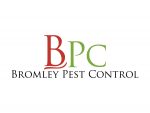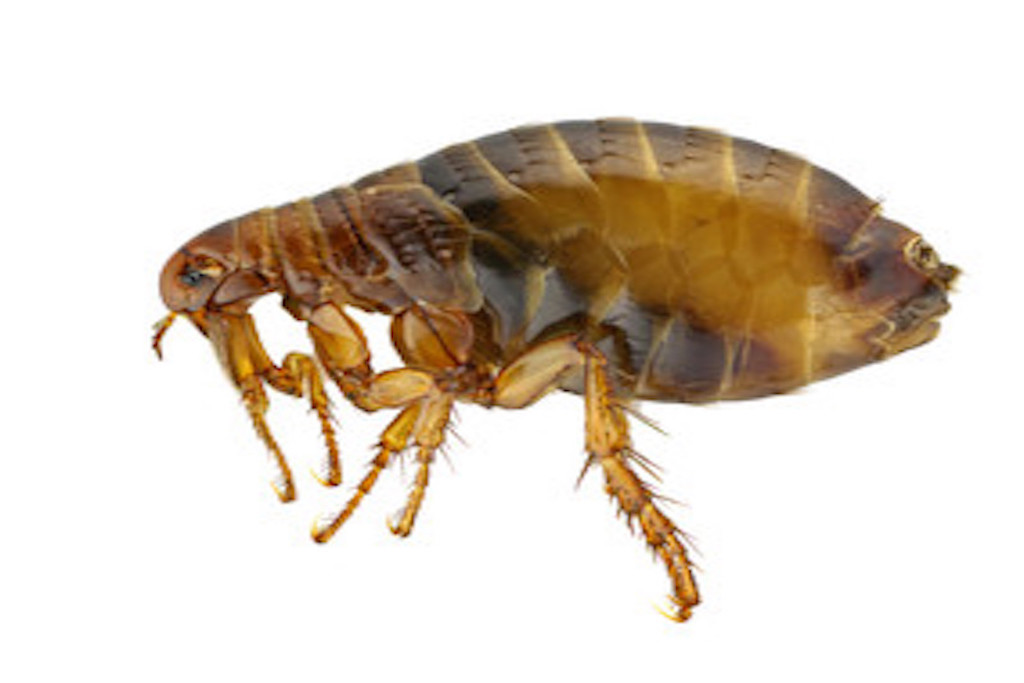Fleas are insects that live on hosts and feed on blood. Fleas fall into two categories human and animal. Although there are at least 1,000 known species of fleas, only three species

are commonly found in houses and the workplace, Human, Dog and Cat fleas.
Whilst human fleas were the most common, animal fleas are now found in the majority of domestic properties due to the presence of domestic pets. Animal fleas will attack humans as well as their own hosts feeding on our blood, which can be the reason for the transmission of some infections by this insect.
Where do they come from?
Adult fleas are parasites of warm blood mammals (humans, cats, dogs) to name a few. Cat and dog fleas cause the most problems in the UK today due to the large number of pets being owned. All pet bedding must be cleaned regularly and if your animal has fleas there may be as many as ten times that number in other parts of the house. Cats are responsible for over 70% of all animal flea infestations.
Full carpeting and central heating in a home create ideal conditions in which flea larvae (maggots) can develop.
What do they look like?
Fleas are easily recognised because they are unlike other parasitic insects in appearance. Fleas are flattened laterally to enable them to pass through the hair and fur of animals and their hard smooth bodies are provided with rows of stiff bristles, which enables them to move forward. The mouth of the flea consists of a pair of mandibles (jaws), which serve to puncture the skin of the host. Fleas are red/brown, are 2mm long and theyjump extremely well.
Where do they live?
The eggs are smooth oval shaped and are a greyish/white colour measuring about 1/4 mm at room temperature they hatch in about 10 days. Adult females lay flea eggs amongst the hair/fur/feathers of the host or in the clothing, bedding or carpets of a property. The rapid moving maggot like larvae feed on organic matter including the blood contained in the adult fleas faeces. The larvae then pupate inside a cocoon (which they can stay inside for many years waiting for an animals to come near them). The adult flea emerges from the cocoon when stimulated by vibration from an animal or person. The young flea then jumps onto the first animal or person in search of their first blood meal.
How will I know that I have fleas in my home?
If you keep a pet no matter how careful you are, there is always the risk that your animal will get fleas. If your pet starts scratching more than usual or you find bites on your body especially on the lower leg, most probably you will have an infestation of fleas.
How do I get rid of them?
You can treat minor infestations yourself. There is a range of suitable insecticides that can be purchased from DIY stores, veterinary surgeries, pet shops etc, which can be used to treat bedding, carpets and soft furnishings. You must follow the label instructions on the appropriate product.
You can also buy a flea collar for your pet, the collar releases a small amount of insecticide onto the coat of your pet and. Although it will not kill all fleas immediately, it will act as a repellent. A good and thorough vacuuming of carpets and soft furnishings at weekly intervals will help to remove dead fleas eggs and possible larvae. You should wash pet bedding on a regular basis. Remember, for your own safety you must follow the manufactures instructions on any pesticides used. Fleas are generally considered to be disgusting creatures and apart from the physical discomfort caused by their bites they are a source of considerable annoyance as well as anxiety.
Prevention
This can be difficult if the source of the infestation is not known or recognised, but generally:
- Do keep a good standard of housekeeping
- Do make regular examinations of all domestic animals, and treat where necessary
- Do carry out regular checks on pet bedding
- Do vigorously use a vacuum cleaner on carpets and upholstered furniture, which will assist in the removal of fleas and eggs, but remember thatfleas will remain alive in the vacuum cleaner (vacuums only suck up insects they do not kill them). Therefore it is essential that disposable bags are removed and bag-less vacuums are emptied immediately after vacuuming to prevent fleas or other insects gaining access back into the property.
- Do accept that wild and stray animals befriended may also have their own fleas
- Do understand that to pick up a flea infestation is not disgusting. To attempt to keep it quiet forfear of someone else knowing is certainly derogatory and only putting the problem off.
- Do not send infested clothing or bedding to the cleaner’s charity shops or jumble sales. Remember, minor infestation can be controlled using propriety aerosols, but more severe infestations will require professional treatments.


